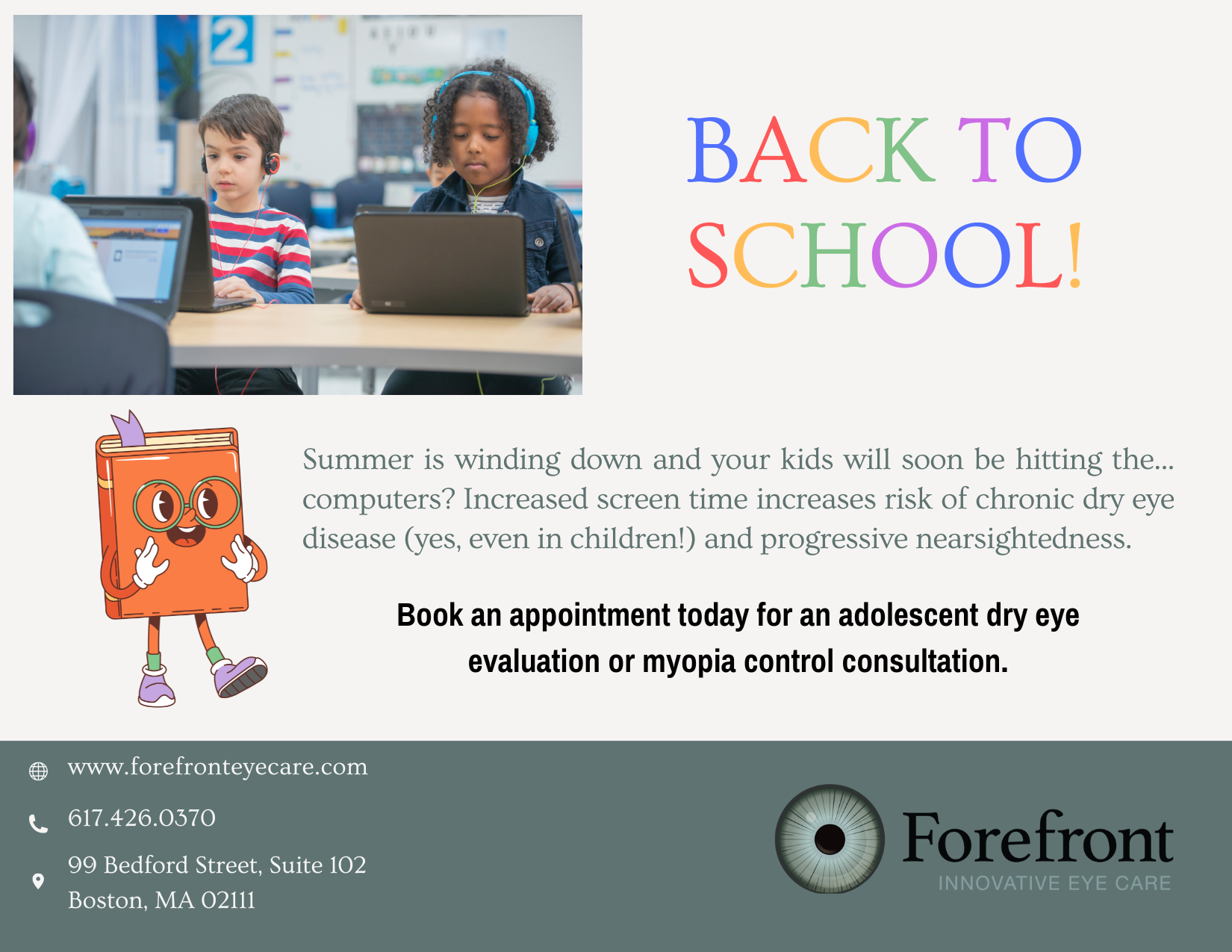
Dry, irritated eyes can make everyday activities uncomfortable - especially if you spend a lot of time outdoors. If you find your eyes feeling gritty or watery after being outside, UV exposure could be a contributing factor. Understanding the relationship between sun exposure and ocular surface diseases can help you take steps to protect your vision and keep your eyes feeling their best.
The Link Between UV Rays and Dry Eye
Dry eye syndrome occurs when your eyes don’t produce enough tears, or when the tears evaporate too quickly. This leads to discomfort, redness, and sometimes even blurred vision. While many factors can contribute to dry eye, exposure to UV rays is often overlooked.
Direct sunlight can also accelerate the evaporation rate of the tear film on your eye’s surface due to ambient heat. When the protective layer of tears evaporates more quickly, your eyes are left feeling drier and more irritated than usual. Finally the corneas can become sunburned if exposed to very bright light for long periods of time when skiing or swimming where light reflects off of surfaces and into your eyes.
In addition to speeding up evaporation, UV radiation can also trigger inflammation on the ocular surface. because UV light is a source of oxidative stress. UVA, UVB, and UVC radiation trigger DNA damage and promote the production of molecules that are called reactive oxygen species that are destructive to tissues. Reactive oxygen species damage cellular proteins, lipids, and DNA. Over time the tissue becomes inflamed and damaged. This inflammation makes the classic symptoms of dry eye even more uncomfortable and difficult to manage.
Over time, repeated exposure to UV rays can damage the delicate tissues at the front of your eye. This ongoing harm can make it harder for your eyes to stay comfortable and properly hydrated, potentially leading to chronic discomfort if left unaddressed.
Everyday Steps to Protect Your Eyes
If you spend a lot of time outdoors or live in a sunny climate, taking steps to shield your eyes from UV rays can help prevent dry eye flare-ups. Here are a few simple strategies:
• Wear UV-Blocking Sunglasses: Choose sunglasses that offer 100% UV protection. Wraparound styles provide extra coverage and help reduce wind exposure, which can also dry out your eyes.
• Use a Wide-Brimmed Hat: A hat can block additional sunlight and keep your eyes shaded.
• Stay Hydrated: Drinking plenty of water helps support tear production.
• Limit Outdoor Activities During Peak Sun Hours: If possible, avoid prolonged outdoor time when the sun is strongest, typically between 10 a.m. and 4 p.m.
When to Consider Advanced Dry Eye Treatments
For some people, basic protective measures and over-the-counter drops aren’t enough to control dry eye symptoms - especially when UV exposure is a frequent part of life. If you continue to experience dryness, discomfort, or blurred vision despite your best efforts, medications such as steroids or other longer term anti-inflammatory medications can be combined with advanced in-office treatments may provide the relief you need.
At Forefront Eye Care, we offer a variety of state-of-the-art solutions, including:
• TearCare®: This treatment uses gentle heat and blinking to help unblock the meibomian glands, which are essential for healthy tear production.
• NuLids: NuLids helps improve gland function and enhance overall comfort.
• Intense Pulsed Light (IPL): IPL therapy reduces inflammation around the eyes and stimulates the glands that contribute to a stable tear film.
• LipiFlow®: This procedure combines heat and gentle massage to address blocked oil glands, providing long-lasting relief for many dry eye sufferers.
• Scleral Lenses: These specialized contact lenses create a protective, moisture-rich barrier over the eye’s surface, offering significant relief and comfort for patients with moderate to severe dry eye.
• BlephEx: This procedure cleans the eyelid margins and removes debris and bacteria that contribute to inflammation, helping to improve overall eyelid health and support better tear quality.
• Radiofrequency: Uses radio frequency energy to heat the meibomian glands which can then be gently expressed to release the obstructed oil. This treatment has also been shown to decrease eyelid laxity, improving blink mechanics and efficiency.
If your symptoms are persistent, interfere with daily activities, or if you’ve already tried several treatments without improvement, it may be time to schedule a comprehensive dry eye evaluation.
Don’t Let Dry Eyes Hold You Back
UV rays can play a significant role in worsening dry eye symptoms, but with the right precautions and effective treatments, you don’t have to let discomfort disrupt your life. Protecting your eyes from the sun and seeking professional help when needed are key steps in managing dry eye for the long term.
If you’re struggling with dry, irritated eyes, schedule a consultation with Forefront Eye Care for a personalized treatment plan. Visit our office in Boston, Massachusetts, or call (617) 322-0534 to book an appointment today.










